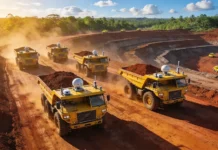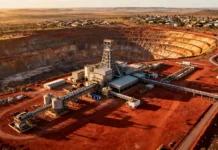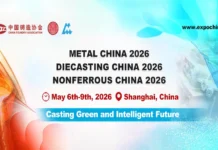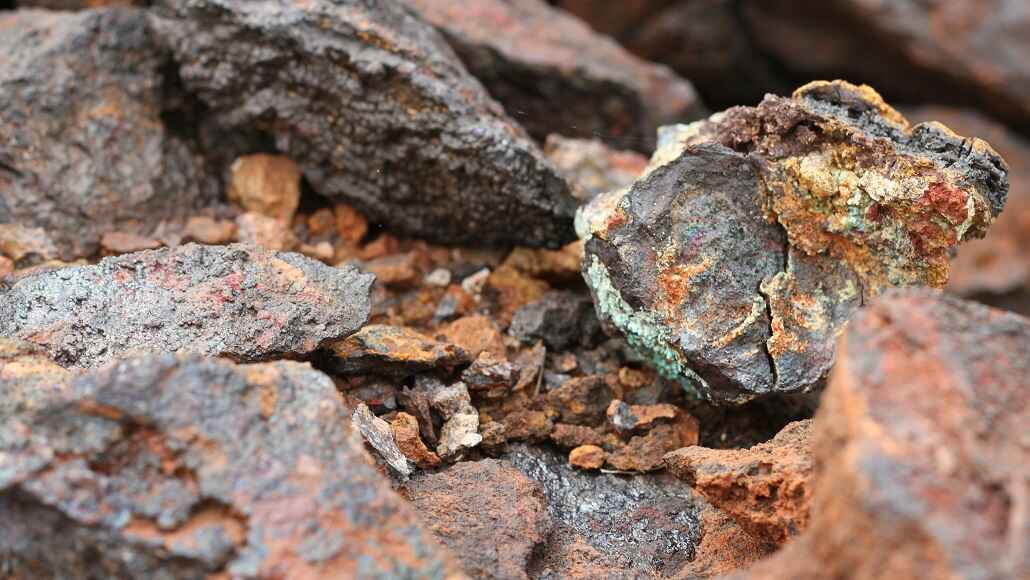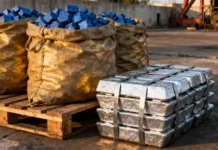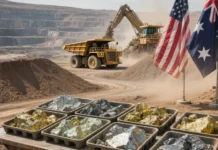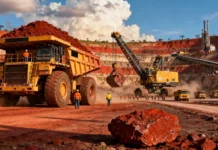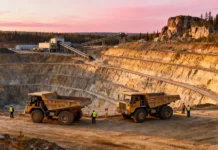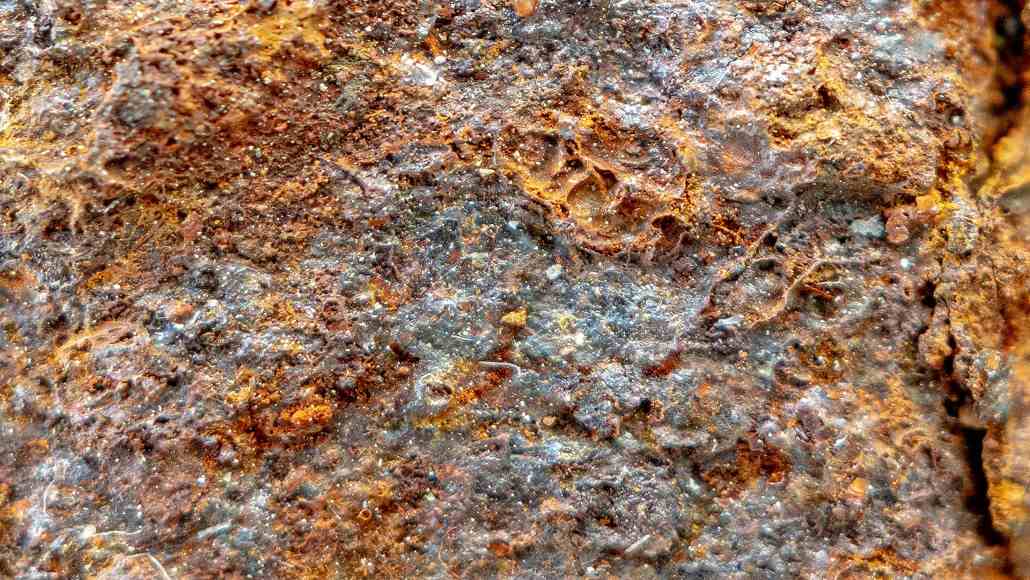The Indian government, in June 2025, looked forward to securing the supply chain for rare earth materials in India, which are used in the manufacturing of electronics as well as electric cars, by way of holding meetings with various connected ministries and also reviewing their local availability.
According to the heavy industries minister, HD Kumaraswamy, this inter-ministerial effort is going to pave the way for the country’s self-dependence when it comes to strategic materials, which are crucial for electric vehicles, defence, electronics, and also certain other sectors.
This kind of deliberation happens to be part of India’s efforts to lessen the effect of China, which has curtailed the supplies of permanent magnets, and by way of doing this is threatening to stall the production of various electric vehicle facilities in India.
By way of such initiatives of taking joint discussion and feedback with the concerned departments, the rare earth materials in India are surely going to get their due support and long-term vision.
It is well to be noted that these permanent magnets are derived right out of rare earth elements (REEs) and are vital for power windows, propulsion systems in electric vehicles, speakers, and generators within renewable energy infrastructure, in addition to certain other usages as well.
G. Kishan Reddy, who happens to be the coal minister, along with Kumaraswamy, jointly went on to chair these meetings in June 2025, that also drew participation from officials who have been linked to atomic energy as well as commerce ministries.
In one of the posts on X, Reddy went on to say that the discussions happened to focus on strengthening the value chain right from mining to refining and even to the end use.
It is worth noting that in order to speed up the domestic production, the government of India is planning amendments to the Mines and Minerals Act so as to support the critical mineral mission. Apart from the regulatory tweaks, the Centre is at the same time also anticipating commercially viable domestic production when it comes to rare earth permanent magnets, at least in small quantities later in 2025.


